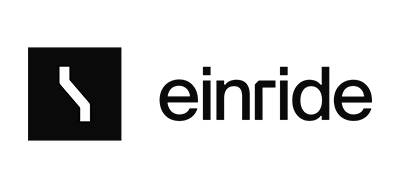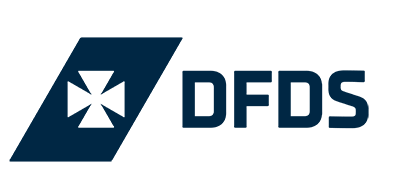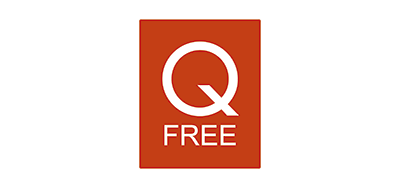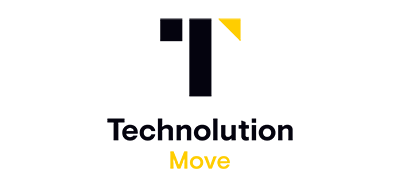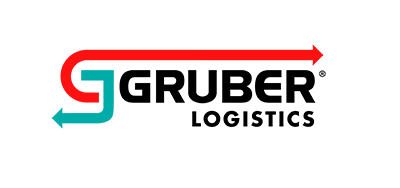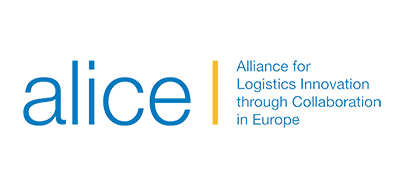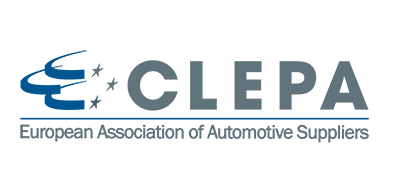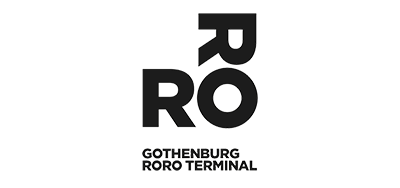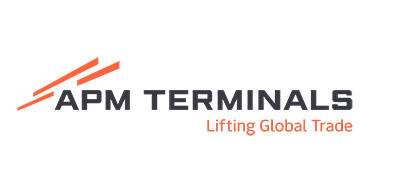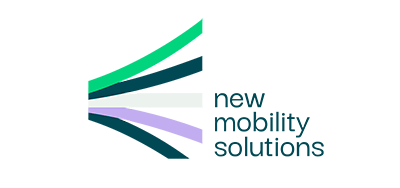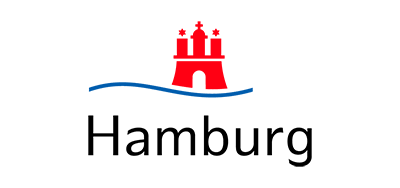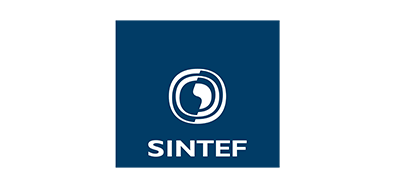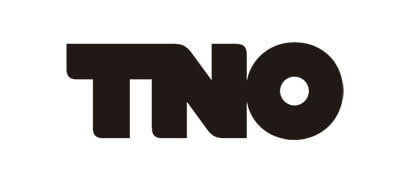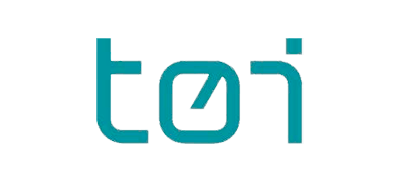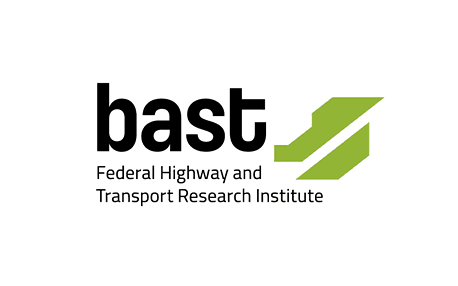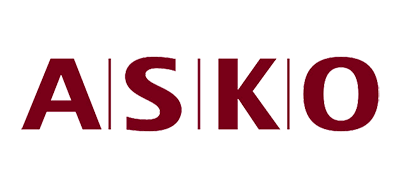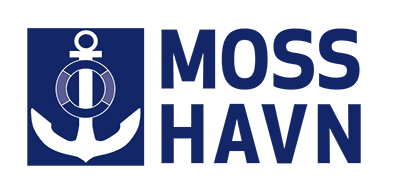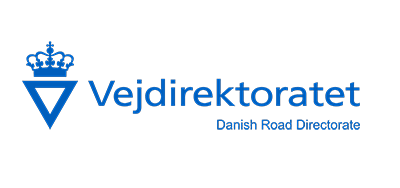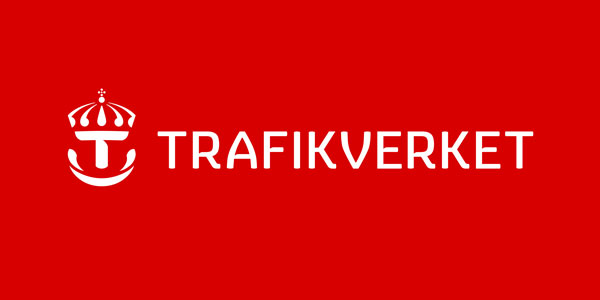About

A leap towards SAE L4 automated driving features
MODI is a European cross-border flagship initiative to accelerate the introduction of Connected, Cooperative and Automated Mobility (CCAM) solutions to significantly improve logistic chains. MODI has a total budget of approximately € 28 Million, covers 5 use cases and consists of a 34-organisation public-private partnership from 8 countries to test and validate the implementation of CCAM solutions for real-logistics operations.
ORGANISATIONS
COUNTRIES
USE CASES
MONTHS
BUDGET
Partners
34 leading organisations in the field of CCAM from 8 countries are part of the MODI initiative: 27 participants, 2 affiliated entities and 5 associated partners, covering the complete value chain. Additionally, a strong stakeholder group is committed to MODI and its ambition.
Industry and end users
Research and evaluation
Associated partners
Objectives
The overall objective of MODI is to accelerate the introduction of connected, cooperative and automated mobility (CCAM) vehicles for logistics by demonstrations and to overcome barriers for the roll-out of automated transport systems and solutions in logistics. MODI will focus on the interaction between vehicles and logistics processes, traffic safety, security, optimal utilisation of infrastructure capacity and environment, and recommendations for the optimal design or adaptions of infrastructure. The MODI initiative will demonstrate what is needed to have automated freight transport on an entire corridor through five European countries. The overall objective is divided into four individual goals as depicted below:
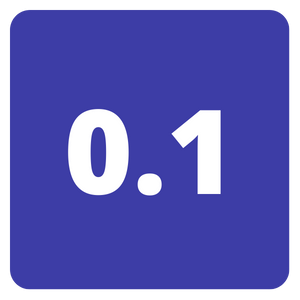
Implement the latest technology and overcome major CCAM deployment barriers for logistics by demonstrating business-oriented and well-integrated CCAM systems for use cases (UCs) along a transport corridor and between hubs.

Define recommendations for adaptations of supporting infrastructure, vehicle regulations and standards to enable broader deployment of CCAM, speeding up the introduction of CCAM vehicles and recommendations for further (eg, large scale) piloting.
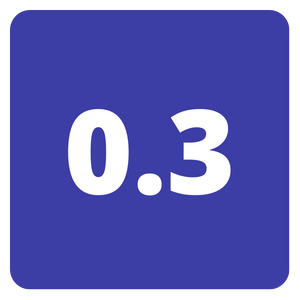
Demonstrate business models and partnerships for the application of CCAM vehicles in logistics.
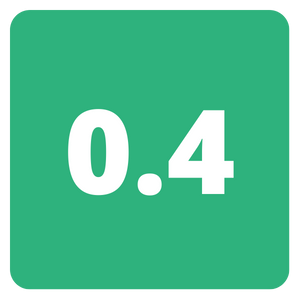
Perform technical & socio-economic impact assessments and communicate them in the context of the best practices of the MODI L4 CCAM solutions and systems for real-world conditions.
Use cases
MODI comprises five use cases, each describing a part of the logistics supply chain. The project will focus on understanding and overcoming the regulatory barriers and infrastructure shortcomings on the motorway corridor for public roads. The confined areas are terminals located by Rotterdam, Hamburg, Gothenburg, and Moss ports. The terminals focus on challenges like access control, charging, coordination with automated guided vehicles, loading/unloading and handover from public to confined areas.
In addition to the demonstrations, MODI provides sustainable business models for the logistics sector, demonstrating that CCAM vehicles can lead to greater profits, especially when driving in a coordinated way.
Port
operations
Netherlands
CCAM vehicles in current logistics operations at port site
Motorway to harbour
Germany
CCAM vehicles approaching
a confined area at the harbour
Hub-to-hub
Sweden
Hub-to-hub traffic with CCAM heavy-duty vehicle
Border
to port
Norway
CCAM vehicles from EU
border crossing to a port
MODI CCAM corridor
MODI CCAM test corridor from Rotterdam to Oslo
Key results
MODI focuses on heavy-duty vehicles CCAM solutions for logistics. This is an early adopter domain for CCAM technologies, as evidenced by the AGV systems already used at several logistic hubs, mines, and harbour terminals.
MODI intends to deliver heavy-duty vehicles at TRL7 suitable for demonstration for the five selected use cases and other technologically required solutions and verify this in the demonstrations in the confined areas and on public roads. The data from the use cases allows a detailed impact assessment report, recommendations/best practices, CCAM business models, and a book of recommendations for harmonisation/standardisation and PDI adaptation for CCAM vehicles. Thus, six major project results at the end of MODI have been identified.
R1. Heavy duty vehicles at TRL7
Heavy Duty Vehicles (HDV) suitable for demonstration for the selected 4+1 use cases along the motorway corridor between Norway and The Netherlands.
R2. Interface between CCAM vehicles
Interface for the coordination of vehicles inside and outside confined areas, while adding more benefits to the use of CCAM vehicles thanks to the increased efficiency achieved with coordination.
R3. Design of Physical and Digital Infrastructure
Set-up of Physical and Digital Infrastructure (PDI) validated and created in co-design by relevant stakeholders for the use of L4 trucks on motorways.
R4. New business models
New sustainable business models and tools, which include CCAM vehicles in the logistics chain.
R5. Impact assessment report
Impact assessment report, recommendations, and best practices in the filed of CCAM applied to Logistics
R6. Book of recommendations
To disseminate lessons learnt and accelerate CCAM adoption in Logistics by contributing to Harmonisation, Standardisation, and Infrastructure readiness.
Project governance
Project Coordinator
Dr. Ragnhild Wahl
ITS Norway (NO)
Project Vice Coordinator
Dr. Lone Lervåg
ITS Norway (NO)
Communication Manager
Mr. Daniel Fernández de Soto
IN-MOVE (ES)
Work packages
The work package structure consists of seven work packages. WP1 focuses on successful CCAM implementation in logistics, starting with the requirements to ensure successful implementation, followed by business model development and, recommendations regarding infrastructure, regulations, and standards. WP2 focuses on the in- and outputs for the UCs: the UCs are further defined and detailed, and impact assessments are performed using specific tools. In WP3, vehicle subsystems are developed and vehicles are adapted for use in UCs. WP4 focuses on developing the coordinated CCAM interface and physical, digital infrastructure optimisation. In WP5, the UCs are demonstrated. WP6 handles the dissemination, communication, and preparative exploitation actions, whereas WP7 covers project management activities.
Requirements, business models and recommendations
TØI
UC definition and impact assessment
SINTEF
Vehicle sub-system development
ASTAZERO
Coordinated CCAM interface and optimal physical, digital infrastructure
TNO
Market applications demonstrated
VOLVO
Dissemination, Communication and Exploitation
IN-MOVE
Project Management and ethics
ITS Norway



